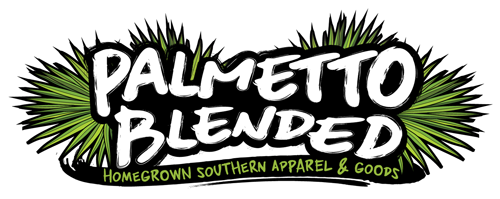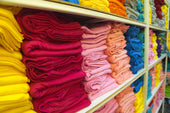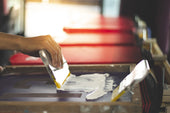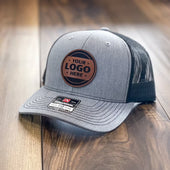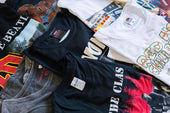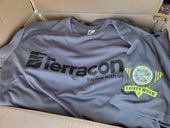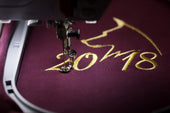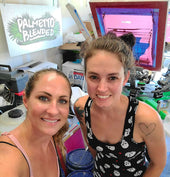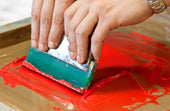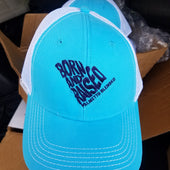
A Complete History of Screen Printing
From graphic tees to posters and fine art pieces, the art of screen printing is everywhere you look. As of 2014 it was the second most profitable form of apparel decorating in the US, surpassed only by embroidery.
But screen printing wasn't always used for novelty t-shirts. In fact, it originated over 1,000 years ago on the other side of the globe.
To learn all about the fascinating history of screen printing, read on.
Early History of Screen Printing
There's no doubt that screen printing is an ancient art. Some claim that its earliest form can be traced back to stenciled designs on the walls of prehistoric caves.
The exact origins of the first true screen prints are unknown. Most historians agree that they came from China during the Song Dynasty (960AD), a period of great artistic advancement. Their technique used a finely woven mesh and block stencils to transfer intricate designs onto fabric.
Screen printing soon spread to neighboring Asian countries. In Japan, artists wove the mesh out of human hairs and used stiff-bristled brushes to apply paint. Silk mesh later became the fabric of choice, and the technique was dubbed "silkscreen printing."
Screen Printing Comes to Europe
The silkscreen printing process didn't arrive in Western Europe until the 18th century. European merchants brought the method and materials back with them after trading along the Silk Road.
In France, artists began to use silkscreens stretched over a frame to print their designs onto fabric. The process continued to gain popularity during the industrial revolution. Factories used screen printing to mass-produce wallpapers and fabrics.
The first "modern" screen printing system was patented in 1907 by an Englishman named Samuel Simon. His method used a stencil drawn onto bolting cloth that was then stretched across a wooden frame. While his method became the standard across Europe, the products were still only available to the wealthy.
In the 1910s a group of three men developed a way to use light-reactive chemicals to improve the screen printing process. The introduction of photo-imaged stencils revolutionized the industry. While we now use much safer chemicals, similar techniques are still in use today.
The 1960s Screen Printing Boom
In the heated political climate of the 1960s, mass-produced media was an important factor in the spread of ideas. Screen printing provided a way to print bold, memorable graphics on posters, protest signs, and clothing.
Though screen printing had seen a lot of improvement over the years, it was still a painstaking process. It wasn't until Michael Vasilantone invented the rotary multicolored screen printing press that silkscreening really took off in the garment industry. His design was originally made to print on bowling shirts but was quickly adopted by t-shirt manufacturers as well.
Screen printing became a staple in the Pop Art movement of the '60s. Famed artists like Andy Warhol used the method to create colorful repeated images. Some of his most popular works include the Marilyn Monroe and Campbell's Soup prints.
Screen Printing in the Modern World
The history of screen printing isn't over yet—it's now one of the most popular methods of garment printing. Today's artists create unique wearable art by combining digital design with historical techniques.
If you're looking for high-quality custom screen printing, Palmetto Blended has you covered. Our t-shirts, hats, and hoodies are a perfect way for your small business or promotional event to stand out. Contact us today for a personalized quote.
